More than a year after the US Federal Reserve began raising interest rates, the recession that many feared has yet to arrive.
Economists surveyed by the Wall Street Journal in April put the probability of a US recession at some point in the next 12 months at more than 50%. The same forecast was made as far back as October 2022, and a recession seems no closer.
Instead, businesses are hiring, consumers are spending, the stock market is recovering, and the housing market is stabilizing. The latest evidence suggests that the Fed’s efforts have not significantly weakened the economy.
The National Bureau of Economic Research, the research organization that makes the official determinations about recessions, analyzes a wide range of economic data to help determine whether the economy is in a recession. Most of them appear to be stable.
While many economists had predicted that the Fed's rate hikes would cool prices and the economy over time, causing a recession later this year, the latest data continue to be hotter than expected. "I don't think there's any chance that we're in a recession," said Justin Wolfers, professor of economics and public policy at the University of Michigan.
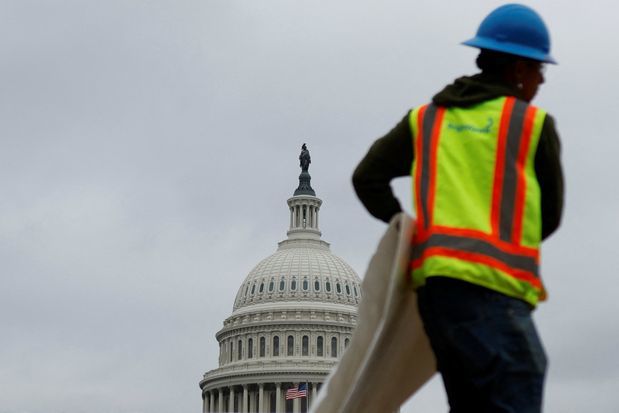
Workers work with the top of the US Capitol building in the distance in Washington DC. Photo: Reuters
So far, Americans are spending money on activities they missed during the lockdown years, like travel , concerts, and dining out. Businesses are hiring to meet pent-up demand. Policies designed to combat Covid-19 — low interest rates and trillions of dollars in financial aid — have left consumers and businesses with plenty of money and cheap debt, spurring spending.
Specifically, job growth remains strong, pumping more money into Americans' wallets. The Labor Department said last week that 339,000 more people were employed in May, a "surprising" increase compared to the previous two months and forecasts.
Across the labor market, there were 10.1 million job openings in April (up from 9.7 million in March), far exceeding the 5.7 million Americans who lost their jobs that month. The imbalance between labor supply and demand continues to push wages up. Average hourly earnings rose 4.3% in May from a year earlier.
Courtney Wakefield-Smith is among those who have recently benefited from the strong labor market. The 33-year-old said she was promoted last year at a water utility in New Jersey. In her new role, she earns more than $25 an hour, much more than her previous part-time jobs earlier in the pandemic, which paid between $11 and $17 an hour.
Higher pay and benefits including maternity leave made it easier for her to care for her first child. “Honestly, I didn’t think I could afford to raise a child,” she says.
The job market is expected to remain tight, largely because millions of former workers nearing retirement age have dropped out of the workforce since the pandemic began. The percentage of Americans 16 and older who are employed or looking for work is 62.6%.
Americans have about $500 billion in excess savings, more than they would normally have in the absence of Covid-19, according to a May report from the San Francisco Fed. This allows them to spend on summer vacations and concerts, and companies can easily raise prices.
Southwest Airlines CEO Bob Jordan expects demand for air travel to remain strong for the next two to three months. American Airlines raises its current-quarter revenue outlook. The Transportation Security Administration says the number of people traveling through airports during the weekend last month exceeded the same period in 2019.
Brett Keller, chief executive of the travel site Priceline, part of Booking Holdings, said he was surprised by the demand for travel despite higher airfares and hotel costs. This summer, for example, a round-trip ticket from the East Coast to Boise, Idaho, topped $1,000, nearly double what it was a few years ago.
Economic activity and inflation have not slowed as much as Fed officials predicted. Since March 2022, they have raised interest rates from near zero to a range of 5% to 5.25%, a 16-year high.
Higher borrowing costs typically impact financial markets and the economy first, such as stocks and housing. The S&P 500, for example, fell about 25% from late December 2021 to October 2022, when the Fed raised rates sharply. But it has since rebounded about 20%, which is not what usually happens if the economy is in a recession.
Home sales fell sharply last year but have been rising since January 2023. A shortage of homes for sale has driven up prices recently. Builders and industrial companies added 25,000 jobs in May, up from a monthly average of 17,000 in the previous 12 months. They are growing more confident as the housing shortage boosts demand for new homes.
These signs of recovery suggest the Fed may need to raise rates further to push inflation from its current level of around 5% to its 2% target. Fed officials last week signaled a likely rate cut at this month's meeting. But with the strong jobs report, the rate hike campaign may not be over yet.
“Our decision to leave the policy rate unchanged at our upcoming meeting should not be interpreted as meaning that we have reached the peak of the cycle,” Fed Governor Philip Jefferson said last week, describing the pause as an opportunity to review the data before deciding on additional policy tightening in the near term.
There are still some signs that higher interest rates are having an effect. Businesses slowed investment in the first quarter, cutting spending on equipment in particular. The average workweek fell to 34.3 hours last month, the lowest since April 2020, reflecting that businesses are cutting hours rather than laying off workers.
The unemployment rate rose to 3.7% in May, up from 3.4% in April. The IT sector also cut 9,000 jobs last month. Many economists and CEOs still believe that the impact of higher interest rates is only a matter of time, because there is a certain lag. When that happens, the economy will lose a lot of vitality.
Phien An ( according to WSJ )
Source link





![[Photo] Prime Minister Pham Minh Chinh chairs meeting to deploy overcoming consequences of storm No. 10](https://vphoto.vietnam.vn/thumb/1200x675/vietnam/resource/IMAGE/2025/10/3/544f420dcc844463898fcbef46247d16)
![[Photo] Students of Binh Minh Primary School enjoy the full moon festival, receiving the joys of childhood](https://vphoto.vietnam.vn/thumb/1200x675/vietnam/resource/IMAGE/2025/10/3/8cf8abef22fe4471be400a818912cb85)

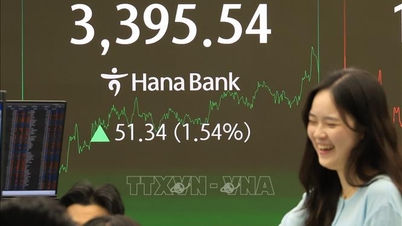

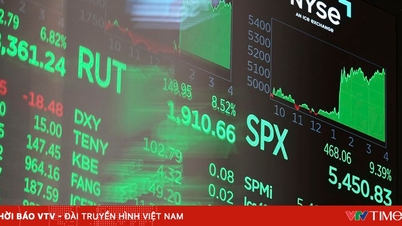




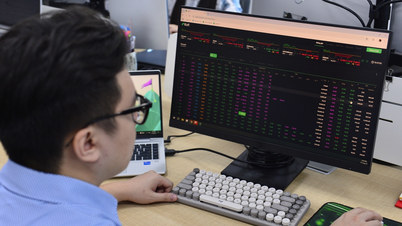




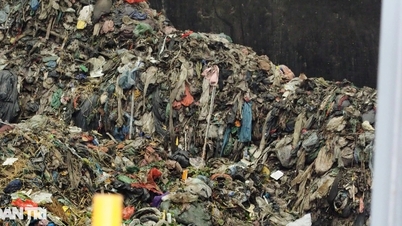



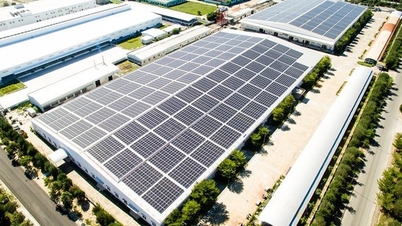












































































Comment (0)